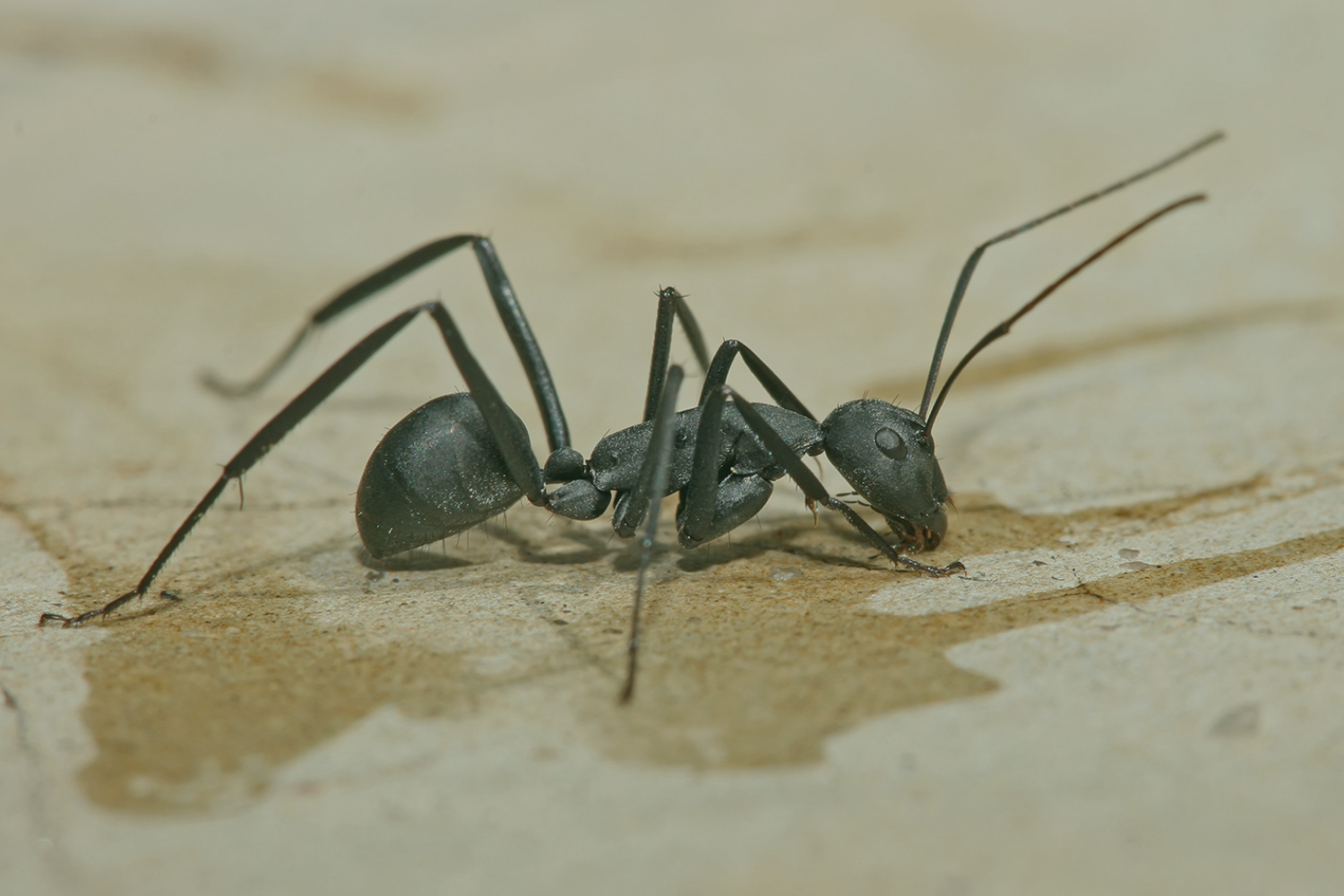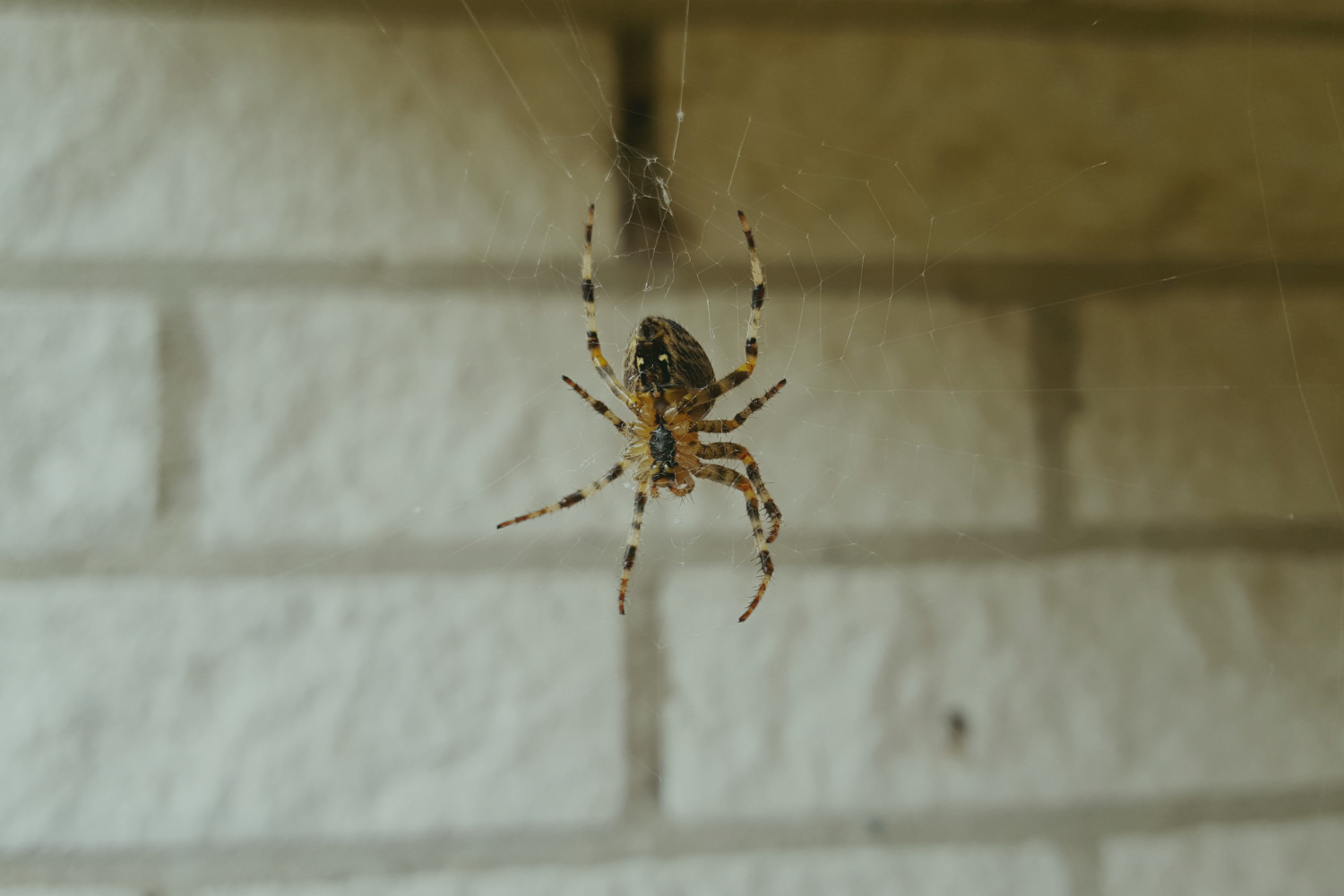
If you’ve heard scratching noises at night, spotted a few droppings behind your trash can, or noticed a musky smell you can’t quite explain, you might be dealing with more than just a stray mouse. Mice are sneaky, and once they find a cozy place to nest, they settle in fast, often without you knowing until the damage is done.
Finding a mouse nest quickly is one of the best ways to stop a full-blown infestation before it spreads. In this guide, we’ll walk you through how to recognize the signs, where to look, and what to do once you find it, so you can protect your home and your health.
Why You Should Act Fast
Mice don’t waste any time once they move in. A single female mouse can have up to 10 litters each year, with 5 to 6 pups per litter. That means dozens of mice could be hiding out just beyond your walls in a matter of weeks. Left unchecked, the problem grows fast, and so does the risk.
A mouse nest isn’t just a comfort zone for rodents; it’s a hotspot for potential problems. Mice chew on everything from cardboard and drywall to electrical wires, which increases your risk of house fires. They also leave behind droppings and urine that carry harmful bacteria like salmonella and hantavirus. In short, the longer you wait, the worse things get.
How to Tell If There’s a Mouse Nest in Your Home
Before you tear up your attic or start pulling out appliances, it helps to understand what you’re looking for.
Mouse nests are usually made of shredded material. This includes things like paper, fabric, insulation, or dried plant matter. They’re built in quiet, undisturbed places and often tucked away where you wouldn’t normally look.
If you’ve seen tiny, dark droppings along your baseboards or inside drawers, that’s a strong sign you’re near a nest. Another clue is a strong, musky odor, especially in enclosed or low-ventilation areas. You might also notice grease marks along walls, bite marks on food packages, or even hear scurrying sounds at night.
All of these signs point to active mouse activity and likely a nearby nest. If you’re noticing more than one of these signs, it’s time to start searching.

Common Places Mice Like to Nest
Mice prefer quiet, warm areas with easy access to food and water. That’s why kitchens, basements, and attics are some of the most common spots where nests are found.
Inside walls, behind appliances, or under sinks are also frequent hiding places. Even storage boxes in closets or garages can become prime nesting material if they’re rarely touched.
According to the National Pest Management Association, around 21 million U.S. homes are invaded by rodents every winter. In almost every case, the nests are hidden in areas homeowners rarely check. That’s why being thorough is key.
How to Search for a Mouse Nest
When you’re ready to investigate, make sure to take safety precautions. Wear gloves and a mask before you start poking around in dusty or enclosed areas. Begin your search in places that are dark and rarely disturbed. A flashlight will help you spot hidden materials or droppings more easily.
Focus on corners behind appliances, low shelves, and cluttered spots. Check under kitchen or bathroom sinks where moisture attracts mice. You can also dust a thin layer of flour or baby powder along baseboards before bed to see if tiny footprints appear overnight, an old but useful trick for tracking movement.
If you spot shredded insulation, clumped paper, or torn fabric in a pile, there’s a good chance it’s part of a mouse nest.
What You Should Avoid Doing
Finding a nest might make you want to spring into action, but certain things can make the problem worse. Avoid touching the nest directly with bare hands, as it may contain bacteria or parasites. Using strong-smelling repellents or sprays right away may also drive the mice deeper into your home or cause them to build new nests elsewhere.
Even if you’ve found one nest, Using strong-smelling repellents or sprays right away may also drive the mice deeper into your home Mice often create more than one nest, especially in larger homes. Take your time, observe, and prepare to follow up.

How Professionals Handle It
If you’re feeling overwhelmed, or if the signs are stacking up, it’s a smart idea to call in a professional pest control service. At Bigfoot Pest Management, we know exactly where to look and how to get the job done safely and efficiently.
Professional inspections go beyond the obvious. We check entry points, wall voids, crawl spaces, and other areas most people don’t even think about. Once we locate a nest, we use safe trapping methods and seal off access points to make sure the mice can’t return. We also sanitize the affected areas, so you’re not left dealing with lingering odors or bacteria.
In general, homeowners can expect to pay between $108 and $261 for rodent control services, depending on the size and complexity of the problem. While that might sound like a lot, it’s far more affordable than dealing with fire hazards from chewed wires or removing contaminated insulation, which can cost thousands.
Why Waiting Can Cost You More
Some homeowners hope the problem will just go away. But the truth is, mice won’t leave on their own, and the longer they stay, the more expensive the cleanup becomes. Chewed electrical wires can lead to repairs that cost upwards of $2,000. Contaminated insulation replacement can range anywhere from $1,500 to $4,000. Even spoiled food and damaged furniture add up quickly.
If you’re already hearing mice during the day or seeing them out in the open, that usually means the nest is full, and the population has started spreading.
When to Bring in the Pros
DIY traps and bait can help with small problems, but they’re rarely enough to handle a nest that’s been active for more than a few days. If you’re seeing mice regularly, hearing activity in different parts of your home, or you’ve already found more than one nest, it’s time to bring in a professional.
This is especially important if you have children, pets, or someone in your household with allergies or respiratory conditions. Mice bring allergens and bacteria with them, and fast action can help protect your family’s health.
At Bigfoot Pest Management, our team uses family-safe methods, responds quickly, and knows exactly how to stop the problem at its source.
How to Keep Mice from Nesting Again
Once the nest is removed, your next step is prevention. Seal cracks and holes with steel wool or caulk, especially around pipes and exterior walls. Store all food in airtight containers and clean up crumbs promptly. Avoid leaving pet food out overnight, and keep storage areas organized and clutter-free.
Regular pest inspections can also help catch problems early. Many infestations start small and go unnoticed until it’s too late. Catching those early signs is key to long-term protection.
Final Thoughts
A mouse nest might seem like a small problem at first, but it can quickly grow into a major issue if left alone. Knowing how to find it, and acting fast, can save you time, money, and a lot of stress down the road.
If you’re seeing signs of a nest or just want peace of mind, scheduling a professional inspection is a smart first step. You’ll get answers fast, and a plan that works for your home.
What Do Carpenter Ants Look Like in Washington Homes?
When homeowners ask what do carpenter ants look like in Washington homes, the answer is simple. Carpenter ants are large black or dark red ants…
Read MoreBig House Spider? Save These Pro Identification and Control Tips
If you live in Olympia or the surrounding South Puget Sound area, you have probably seen a big house spider at least once inside your…
Read More




